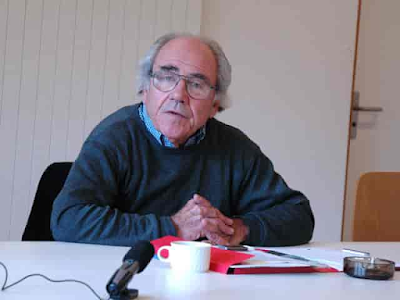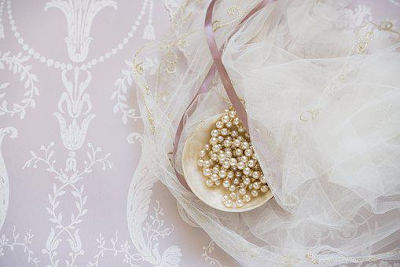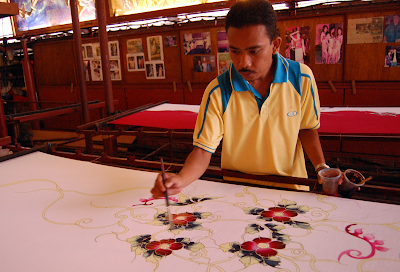Featured
- Get link
- X
- Other Apps
Bark Cloth
In the Pacific Islands, the phrase "bark cloth" has been referred to by a variety of names, including tapa or kapa (Hawaii), ngatu (Tonga), ahu or ka'u (Tahiti), masi (Fiji), and autea (Cook Islands).
Bark cloth is now often referred to as "tapa" across the Pacific Islands.
The term "bark cloth," also known as "tapa," refers to a cellulosic fabric that is made from the bark of trees or other similar plants that are cultivated in tropical climates all over the globe.
Bark cloth creates a nonwoven fabric, much like felting.
Bark fabric, also known as tapa, is made in a warm, damp climate, much like felting.
Felt's mechanical fiber bonding is different from bark cloth's chemical bonding.
Paper mulberry, known to Hawaiians as wauke (Broussonetia papyrifera), was one of the plants brought to the Polynesians by explorers.
In addition to the paper mulberry, bark cloth has also been produced from a number of other tropical plants.
Production Of Bark Cloth.
The outer bark of a tree or branch was stripped or removed from its source, and the inner bark (bast) of a tree or plant was then cleaned.
In order for the bast fibers to degrade (ferment or ret) into a rather sticky product like bread dough, they were then submerged in water, often seawater.
The material was applied on a flat wooden surface that had been carefully carved in Hawaiian, known as a kua kuku, and then pounded with hohoa, thickened grooved wooden beaters.
The material became broader, longer, and thinner as it was pounded, and it also started to dry.
The edges were held in place against the gusts by stones while it was stretched out to dry in a thin sheet.
Depending on thickness, the outcome was a rather flexible, almost paper-like layer of cloth.
Another method of communicating was allegedly the pounding of a hohoa on a kua kuku.
When people met for beating tapa, it may be similar to a contemporary quilting group or party.
The specific homes or sheds used for beating tapa were called hale kuku.
In several parts of Polynesia, particularly Hawaii, the art of producing bark-cloth was developed.
Tapa pieces may be sewed together using fiber and a wooden needle even though they were most often smashed or pounded together to form bigger pieces.
For evenness, edges were tucked under and bonded by beating or stitching.
The beating method allowed for the creation of varying thickenings for various uses.
Fabric may be produced gossamer thin or in larger strips that are sometimes plaited.
Bark cloth that is decorative.
According to several accounts, Hawaiians created the most intricate and varied ornamental patterns on bark fabric.
Some tapa was initially colored by soaking, while other tapa was colored by brushing dye into the cloth or even by beating a piece of tapa that had previously been dyed into a bigger piece.
The Hawaiians typically carved motifs onto bamboo in the form of narrow paddles.
The tapa was then stamped or printed using these carved wood strips and colors derived from plants, dirt, and other sources.
The Hawaiians were meticulous printers who paid attention to the continuity and straightness of patterns.
On a single length of tapa, several designs may be created by combining different patterns.
Plaiting or twisting bits of tapa or other plant material into a long strip, then pressing the length against the tapa, might also produce interesting designs.
Brown, black, pink, red, green, light to medium blue, and yellow were the most often utilized hues.
Uses Of Bark Cloth.
Even until the late 20th century, bark cloth was produced and used as fabric in other tropical regions.
Indigenous South American peoples still occupying the secluded woods of Brazil, Panama, and Colombia made sleeping mats out of bark fabric known as damajagua (Colombia).
According to images and descriptions provided by scholars, the bark fabric made by South American Indians is inferior to that made in the Pacific Islands.
It seems that one of the main factors contributing to South American bark cloth's rougher texture than Polynesia's was that the bast fibers were let to dry for just one day as opposed to the Polynesians' many days.
In all of the Pacific Islands, bark cloth was utilized to make ceremonial things as well as home items for clothing and bedding.
The material was wrapped around the body and fastened with ties as clothes.
For ceremonial events, it might be gathered or pleated in a variety of ways to produce beautiful effects.
Women would often wrap the pa'u, a piece of bark cloth, around their body in daily life and secure it in place with ties and tucks.
Women often wore pa'us that only covered the bottom half of their bodies, from the waist to the knees.
Men wore a malo that was wrapped around their bodies and in between their legs to cover their genitalia.
Depending on the chores that needed to be accomplished on a particular day, the malo may or may not have a flap in the front that could be tucked away.
The hula was originally solely performed by males.
Additional tapa might be tied over the malo during a performance.
When a little more warmth was required, both men and women wrapped tapa around their shoulders.
These capes were known as kihei.
The most intricate and substantial Hawaiian tapa was turned into bedding.
A piece that had been colored and watermarked was placed on top of five to eight sheets of plain white tapa.
On chilly evenings, the layers may be laid back or draped over the sleeper to provide the required level of warmth.
On sometimes, tapa was perfumed as well.
Oil and sap, leaves, or flowers were combined, heated, and added to a dye.
Nowadays, clothing made of bark fabric is seldom worn.
It is labor-intensive to process, lacks the pliability of woven materials, and tends to degrade when wet.
However, the fabric does provide crucial details about the tropical civilizations in which it was created.
To continue researching and preserving the knowledge and skill of tapa-making, historians, hobbyists, and other people continue to manufacture bark cloth.
After the beginning of the nineteenth century, tapa was no longer commonly used in the Pacific Islands.
Find Jai on Twitter | LinkedIn | Instagram
See also:
Felt; Nonwoven Textiles.
References And Further Reading:
Abbott, I. A. La’au, Hawaii: Traditional Hawaiian Uses of Plants. Honolulu, Hawaii: Bishop Museum Press, 1992. Abbott is a world-renowned psychologist and Hawaiian ethnobotanist of Hawaiian and Chinese extraction.
Hiroa, Te Rangi [Sir Peter H. Buck]. Arts and Crafts of Hawaii: Clothing. Honolulu: Bishop Museum Press, 1957. Buck was director of the Bishop Museum from 1936 to 1951. He was the son of a Maori chieftess and an Irish father. He served as physician and anthropologist and is noted for his substantial contributions to Pacific ethnology.
Kaeppler, A. L. Artificial Curiosities. Honolulu: Bishop Museum Press, 1978.
Kooijman, S. Tapa in Polynesia. Honolulu: Bishop Museum Press, 1972.











